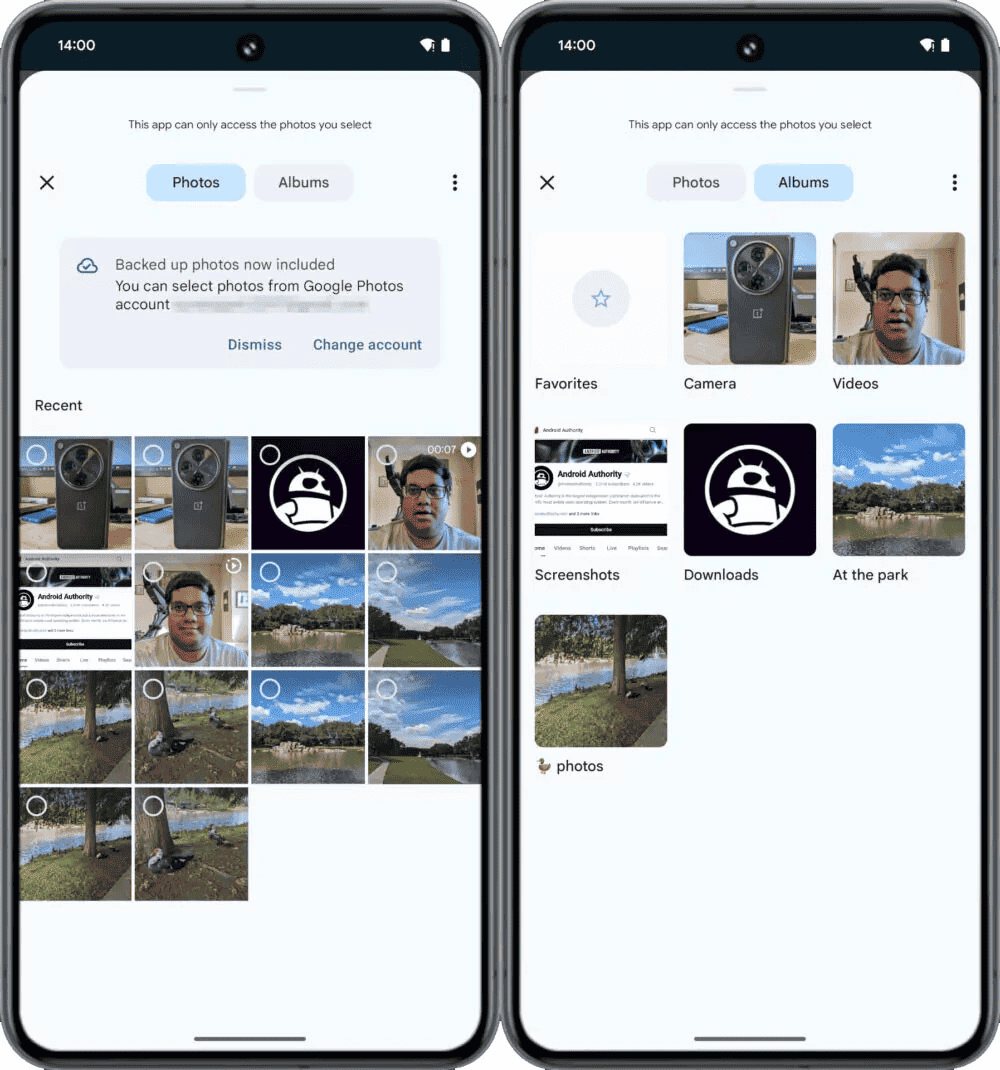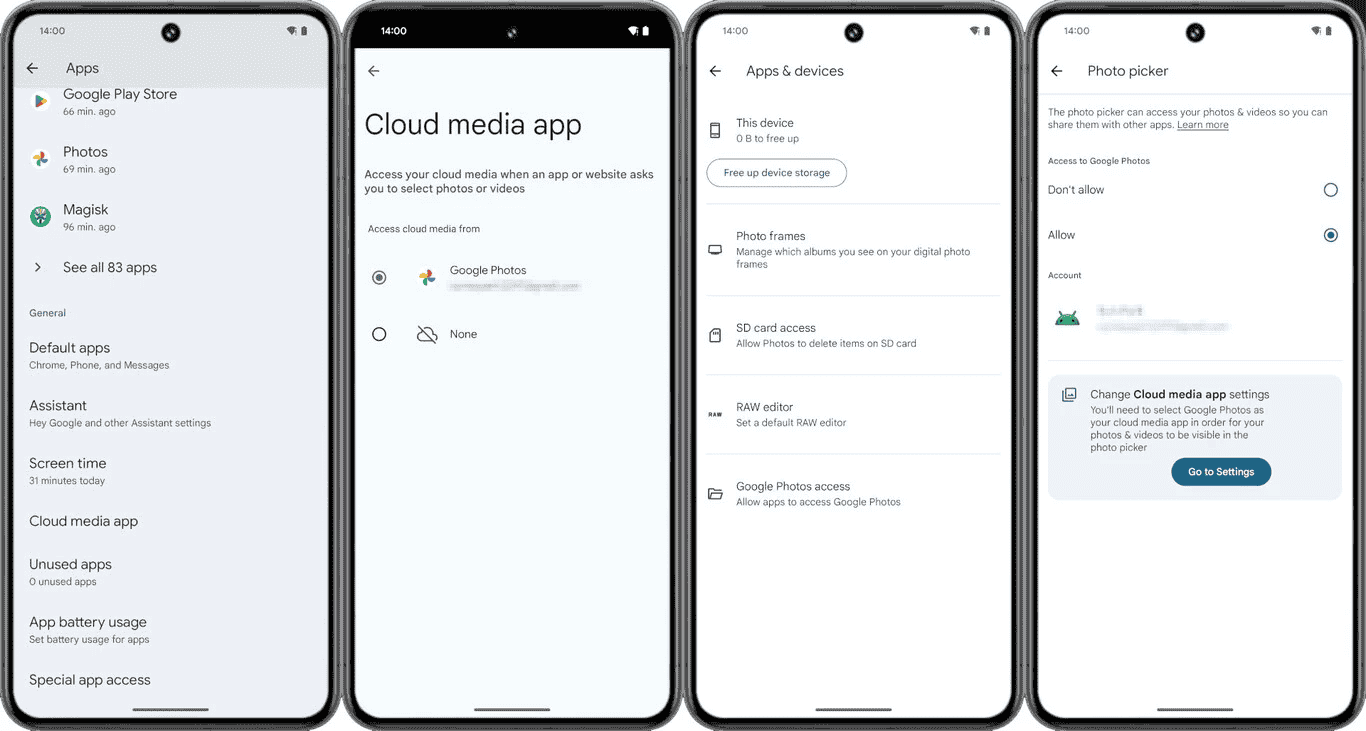Android, renowned for its dynamic architecture, has introduced a groundbreaking feature in Android 13 that exemplifies the platform’s commitment to innovation. While initially making its debut in Android 13, this revolutionary photo picker has seamlessly integrated with Android 11 through modular system updates, showcasing a commitment to inclusivity. The icing on the cake lies in its compatibility with older versions, extending its reach to KitKat and above.
Unveiling Android’s New Photo Picker: A Leap in Privacy and Cloud Integration

Privacy Advancements
One of the standout features of the new photo picker is its emphasis on privacy. Unlike its predecessor, which granted applications access to the entire gallery, this innovative tool allows users to grant permission selectively. Apps using the photo picker can access only the specific photos or videos chosen by the user. This represents a substantial leap forward in protecting user data and ensuring a more secure user experience.
Google Photos Integration
However, the journey of the new photo picker was not without its challenges. Initially, it lacked compatibility with Google Photos, a significant drawback for users heavily invested in the cloud-based photo storage solution. The good news is that Android has now addressed this limitation, introducing seamless integration with Google Photos.
Choosing Photos from the Cloud
Android 13 introduces a significant privacy enhancement by allowing users to choose their photos or videos selectively. While the new photo picker was initially limited to displaying only local photos, a forthcoming update promises to bridge the gap between local and cloud storage. Android users will soon have the ability to set their default multimedia application in the cloud, with Google Photos being a prime candidate.
Gizchina News of the week
This enhancement is particularly beneficial for individuals who rely on extensive cloud storage, housing the majority of their photos online rather than on their mobile devices. With this update, users can leverage the privacy features of the new photo picker without the hassle of navigating complex menus to access cloud storage.

Expanded Cloud Storage Options
Moreover, the introduction of a default cloud storage setting hints at Android’s openness to alternative photo storage solutions beyond Google Photos. Developers of third-party photo storage applications now have the opportunity to integrate their services seamlessly into the new photo picker. Providing users with a diverse array of choices.
Implications for Users and Developers
Despite the transformative potential of Android’s new photo picker, adoption has been gradual. Many apps still rely on custom systems that require blanket permission for all photos on a device. However, it is anticipated that the enhanced privacy and cloud integration features of the new photo picker will encourage more applications to make the switch. This shift would not only benefit users by providing a more secure photo-sharing experience. But also empower developers with a tool that aligns with evolving privacy standards.
Conclusion
In conclusion, Android’s new photo picker stands as a testament to the platform’s commitment to continuous improvement and adaptability. The integration with Google Photos and the upcoming cloud storage settings reveal a dedication to user convenience and choice. As this revolutionary feature gains wider acceptance among developers and users alike, it has the potential to redefine how we approach photo sharing on the Android platform, setting a new standard for privacy and flexibility.